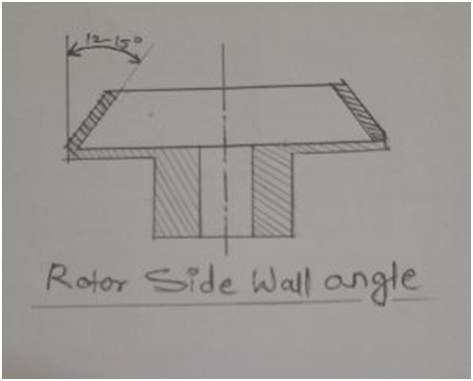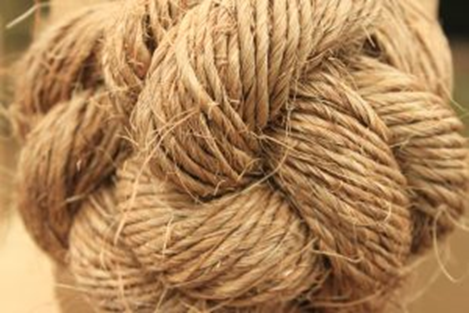Analysis of Rotor and Ring Yarn

“This paper presents a comparative analysis of rotor and ring yarns, focusing on differences in yarn structure, strength, uniformity, production methods, and suitability for various textile applications.”
Rotor spinning
is a widely used open-end spinning technology due to its ability to produce a wider range of yarn counts with appropriate properties. The main objectives of rotor spinning were to provide a more economical spinning system and to produce yarn of comparable or superior quality to conventional ring spinning. The first objective has been accomplished, with rotor spinning achieving a production rate exceeding 200 m/min, compared to a maximum of about 40 m/min in ring spinning. Rotor spinning also eliminates the need for roving, allowing for much higher levels of productivity than ring spinning. However, the second objective has not yet been fully achieved as rotor yarns are limited to coarse and medium yarn counts.
Compared to carded or combed spinning
rotor spinning produces coarser yarn with a lower count. The fabric produced by rotor yarn is also typically coarser, with most jeans or pants made from rotor yarn. However, the price of rotor yarn fabric is generally lower than that of combed and carded yarn fabric.

Unevenness, or irregularity
is a common yam fault that refers to the variation in fineness or mass per unit length along the yarn. Imperfections such as thin places, thick places, and neps also occur frequently. Achieving perfect uniformity in textile products such as laps, slivers, rovings, and yarns is difficult due to the natural variation in staple fibres.
Irregularity
can have adverse effects on the properties of textile materials. The variation in strength along the yarn is the most obvious consequence of unevenness. The presence of visible faults on the surface of fabrics is another quality-related effect of uneven yarn. The problem is particularly serious when a fault appears at regular intervals along the yarn, resulting in visible defects in the finished cloth.
conclusion:
rotor spinning has achieved its objective of providing a more economical spinning system and higher productivity. However, the quality of the yarn produced is still limited compared to conventional ring spinning. Unevenness and imperfections in yarn can have adverse effects on the properties of textile materials, resulting in visible defects in the finished cloth. Achieving perfect uniformity in yarn is a challenging task due to the natural variation in staple fibres.



